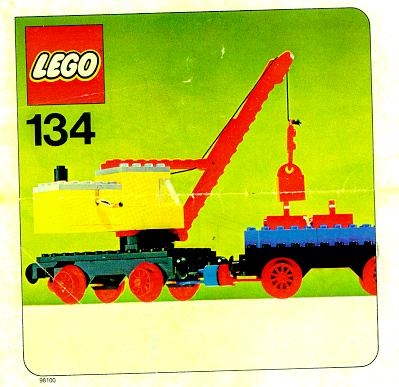
Introduction
Lego, a name synonymous with creativity and imagination, has become a beloved staple in children’s toys and adult collectors alike. Originally founded in Denmark in 1932, this iconic brand has evolved drastically over the years, adapting to technological advancements and cultural shifts. As we enter an era of heightened children’s media consumption and innovative play experiences, Lego remains at the forefront of engaging young minds. This article will delve into its importance, recent events, and significant influence on both education and leisure.
The Rise of Lego: A Brief History
From its humble beginnings producing wooden toys, Lego began to manufacture plastic interlocking bricks in 1949. The now-famous design, patented in 1958, enabled imaginative building possibilities that resonate to this day. As Lego expanded its product lines to include themed sets from franchises such as Star Wars, Harry Potter, and Marvel, it successfully tapped into diverse audience interests, enhancing its appeal across generations.
Recent Developments in the Lego World
In 2023, Lego reported a record revenue of $6.3 billion, demonstrating the brand’s sustained popularity despite a challenging retail market. The company has also committed to sustainability, pledging that its bricks will be made from sustainable materials by 2030. This initiative has resonated well with eco-conscious consumers, positioning Lego not only as a toy manufacturer but as a responsible corporate citizen. In addition, Lego launched several new interactive experiences, including augmented reality (AR) apps that work alongside sets, allowing users to animate their creations.
The Educational Benefits of Lego
The impact of Lego extends beyond mere entertainment. Numerous studies indicate that building with Lego blocks helps develop essential skills such as spatial awareness, problem-solving, and critical thinking. Educators increasingly integrate Lego into STEM (Science, Technology, Engineering, Mathematics) learning environments; for example, Lego Education offers kits designed for classrooms that enhance engagement and comprehension in scientific topics.
Conclusion
As Lego continues to evolve with the times, maintaining its relevance in a digital age, it remains a powerful tool for creativity and learning. The company’s efforts towards sustainability and educational integration reflect a commitment to not just entertaining children but fostering their growth into innovative thinkers. With its ability to adapt and innovate, Lego is poised to inspire future generations, proving that sometimes, the best educational tools are those that also facilitate fun.



